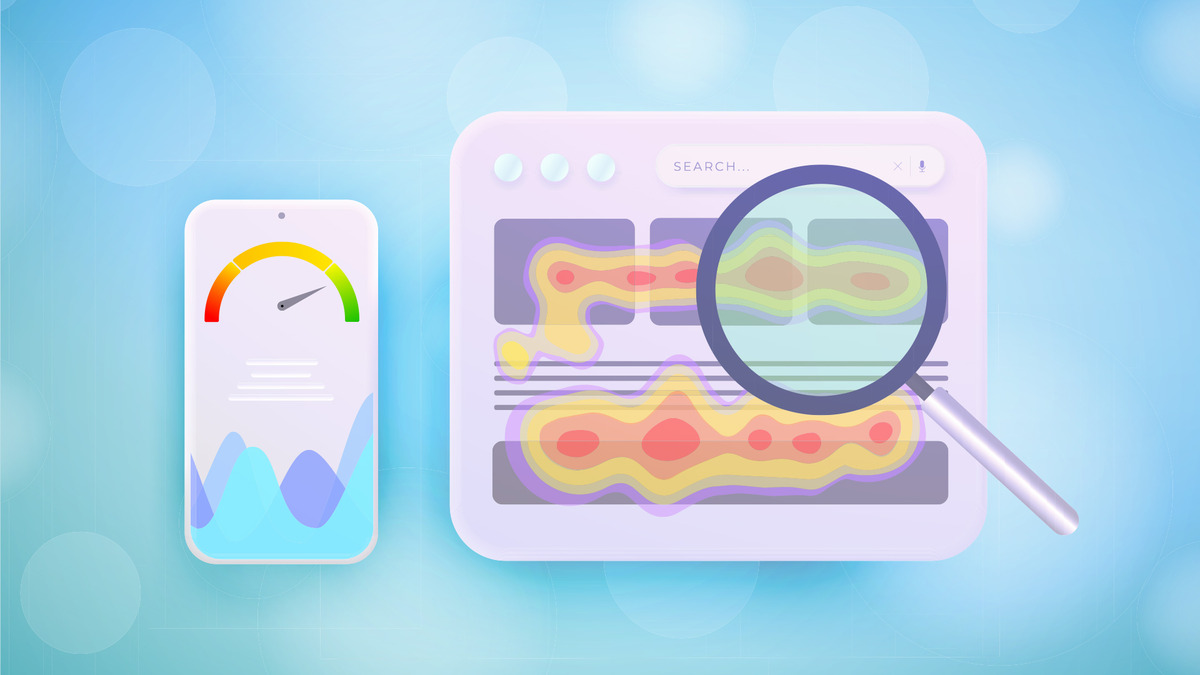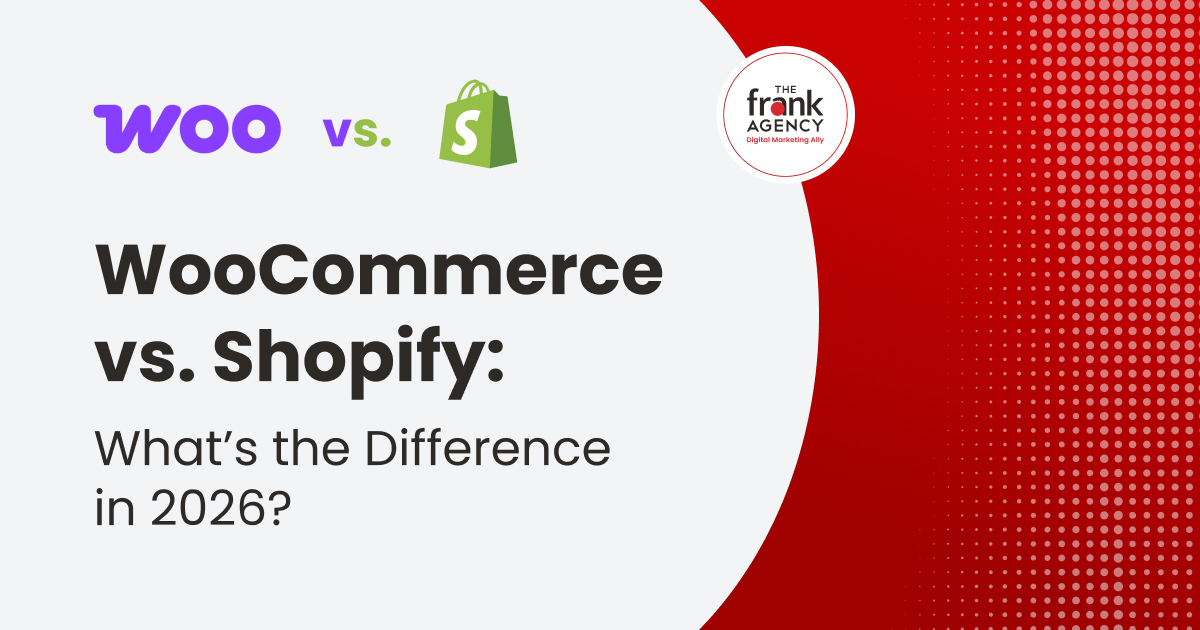As websites become an increasingly essential component of modern businesses, understanding user behavior is critical to optimizing website design and improving conversions. Heatmapping is a powerful tool for analyzing user behavior, providing insights into how visitors interact with your website and where you can make improvements.
In this article, we’ll discuss heatmapping, how it works, and how you can use it to improve your website’s performance.
What Is Heatmapping?
Heatmapping is a technique used to visualize website visitor behavior by displaying the areas of a webpage that receive the most interaction in the form of color-coded maps. The maps are created by tracking mouse movements, clicks, scrolls, and other interactions.
The resulting heatmap provides insight into which elements visitors engage with most frequently, allowing businesses to optimize their website design to improve usability and increase conversions.
How Does Heatmap Work?
Heatmapping relies on tracking user behavior on your website using specialized software tools. The software generates a website map that uses colors to represent the frequency and duration of user interactions with various site elements.
Typically, warmer colors like red and orange represent areas with higher engagement, while cooler colors like blue and green represent areas with lower engagement. 
Types of Heatmaps
There are different types of heatmaps, each with its purpose:
- Click Heatmap: A click heatmap shows the number of clicks on each webpage element, highlighting the areas that receive the most clicks.
- Move Heatmap: A move heatmap tracks the movement of the user’s cursor on the website, indicating which areas receive the most attention.
- Scroll Heatmap: A scroll heatmap highlights the areas of a webpage that users view the most during scrolling, indicating which page sections are most engaging.
- Attention Heatmap: An attention heatmap combines click, move, and scroll data to show the webpage areas that receive the most attention from users.
Benefits of Heatmapping
There are several benefits of using heatmapping to analyze user behavior on your website:
- Improved Usability: By understanding which elements your website visitors interact with most frequently, you can optimize your website design to improve usability and make it easier for users to find what they’re looking for.
- Increased Conversions: Heatmapping can help identify areas of your website that may be causing confusion or frustration for visitors, enabling you to make improvements that increase conversions.
- Better User Experience: By optimizing your website design based on user behavior, you can create a better overall user experience that keeps visitors engaged and coming back to your site.
- Data-Driven Decisions: Heatmapping provides valuable data-driven insights into user behavior that can inform website design and content decision-making.

How to Use Heatmap for Website Optimization
To use heatmapping effectively, businesses should follow these steps:
- Set Clear Goals: Define clear goals for your website, such as increasing conversions or improving engagement, to help you tailor your analysis accordingly.
- Choose the Right Software Tool: Select a heatmapping software tool that aligns with your needs and goals. Popular heatmapping tools include Hotjar, Crazy Egg, and ClickTale.
- Create a Baseline Map: Create a baseline heatmap of your website to understand how users currently interact with it and identify areas for improvement.
- Analyze the Results: Analyze the heatmap results to understand user behavior patterns and identify areas for optimization.
- Make Improvements: Use the heatmap results to make informed decisions about website design and content changes to improve user experience and boost conversions.
- Test and Refine: Conduct ongoing testing and refinement to ensure that website optimizations continue to drive positive results.
Heatmapping is a powerful tool for analyzing user behavior, providing valuable insights into how people interact with your website. Using heatmapping to optimize your website design and content, you can improve usability, increase conversions, and create a better overall user experience that keeps visitors engaged and coming back to your site.
Need someone to apply heatmapping to your website? We would be happy to help!






